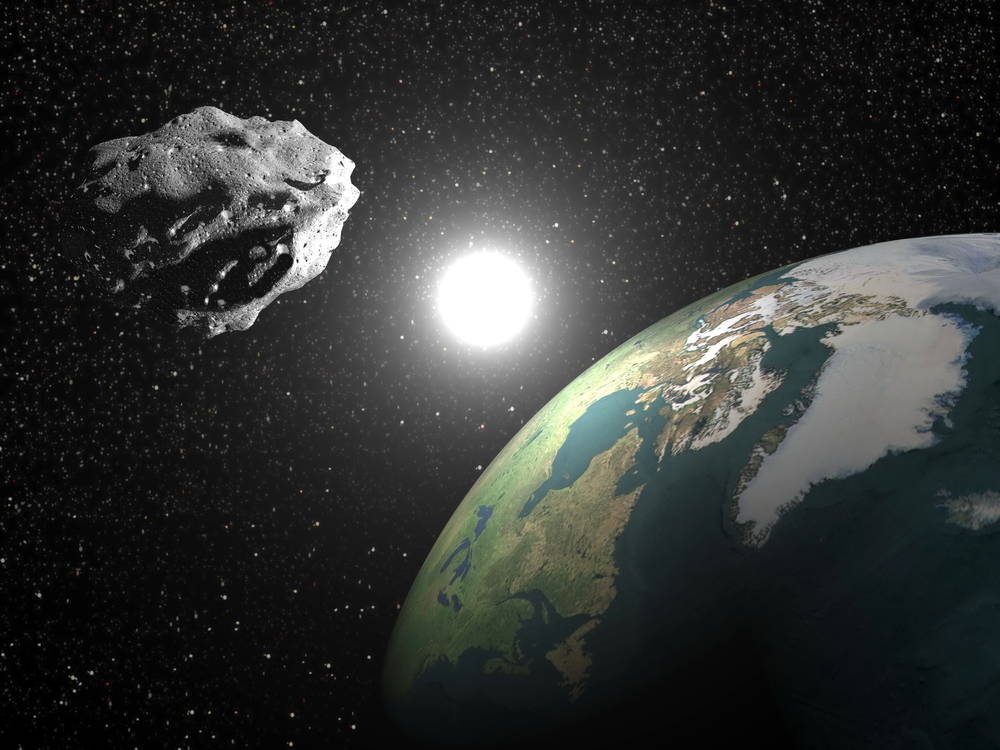Astronomers have identified a new “mini moon” which is currently orbiting the Earth, and may have been doing so for a while now without any of us realising. The mysterious mass was first identified on the 15th February by astronomers from the Catalina Sky Survey in Arizona; a project funded by NASA which is looking for Near-Earth Objects (NEOs) which may be a collision threat.
The object is somewhere between 1.9 and 3.5 m in diameter – that’s roughly the size of a car – and apparently entered the Earth’s orbit as long as three years ago. It takes roughly 47 days for it to complete a full orbit of the Earth: that’s just shy of double the time it takes for the moon to complete a cycle.
As the identification of the mini moon is so novel, little is known so far as to what the object actually is. The general consensus is that the mini moon is an asteroid that has been caught by the Earth’s gravitational field. The object does not respond to solar radiation pressure in the same way that human-made debris would, and it also has a low albedo similar to C-type asteroids which are carbon-rich rocks that make up 75% of all known asteroids.
However, Grigori Fedorets from Queen’s University in Belfast suggested “there’s a chance that this mystery rock may not be a rock after all, but a giant hunk of space junk.” This could mean the mini moon is an out of use satellite or simply just unidentified space trash, and rightly points out that we really don’t know very much about our new mini moon, especially as it has only been observed a handful of times and is only visible through large professional telescopes.
This is the second mini moon to be discovered in Earth’s orbit, as the first was a mass named 2006 RH120 which circled the Earth between September 2006 and June 2007. These moons don’t tend to hang around for very long due to the instability of their orbit, which makes it easy for them to drift away and out of the Earth’s gravitational pull. According to NASA there are over 200 moons that we know of in our solar system, most of which orbit Saturn (82) and Jupiter (79).
Unfortunately, our new tiny moon probably won’t hang around for very long, as scientists have noticed the moon already drifting further away and expect it to leave the Earth’s orbit around April time.
image source: shutterstock

